Reply To: Making Sense of Evidence in Education
Home › Forums › Effecting change and the roles of the subject teachers and teacher-librarians / librarians in inquiry › Making Sense of Evidence in Education › Reply To: Making Sense of Evidence in Education
I read this post with interest today after reading a book I found in our Staff Library called Children as Decision Makers in Education by Sue Cox, Caroline Dyer, et al. This led me to this Guidance for Teachers from 2007 https://www.participatorymethods.org/sites/participatorymethods.org/files/Children%20Decide%20UEA%20%202007.pdf. Entitled ‘Children Decide: Power, Participation and Purpose in the Primary Classroom’, the guidance was written after six schools – teachers and the children in their classroom – took part in action research to understand how children are involved in decision making in the classroom and the effects that their work had on the classroom, curriculum and on teaching and learning.
I am thinking a lot about inquiry learning in the context of High Performance Learning (I will start a new thread about this!) and about how to effect the mindset shift needed to embed inquiry in the classroom and the Teacher Guidance linked above is interesting in a couple of different ways. Firstly, that in looking at children’s role in decision making in the classroom, changes were made to the processes of the classroom.
“An emerging conception of the project was that decision making should not be seen as an end in itself, but as a ‘principle of procedure’ for working with children across the whole curriculum. We felt that the project could affect the whole school ethos in this way and had the potential for remodelling and transforming the curriculum. A focus on decision making foregrounded learning ‘how. Similarly, the way in which the project encouraged ‘enquiring minds’ signalled a shift in the curriculum towards processes of learning, rather than emphasising content. There were some changes in the classroom culture as a result of the project. For example, where there was a focus on behaviour, children took more responsibility for themselves, because they were making more of the decisions. Such changes were indicative of the way that children were being empowered to make decisions about their learning.”
This perhaps could be a vehicle for driving a mindset shift?
However. One of the essays in the book is entitled ‘Children as researchers: experiences in a Bexley primary school’ and details their work facilitating children to research their own topics (Why can’t we ride horses to school/why do people steal) and it is interesting to read their report of their work. “‘Children as researchers’ goes beyond an inquiry approach to learning – it enables children to contribute to discussions and understandings of their world in a more equal way as they can back their views with the weight real research offers”. Which shows something of a misapprehension of what inquiry learning is and how it differs – or not – from (action) research and I think points to the problem! I think there is a certain inbuilt irony to the process of creating an action research project to create more inquiry in the classroom – or at least to create the environment which is conducive to facilitating the ‘knowledge to understanding’ journey of both the students and the teacher.


